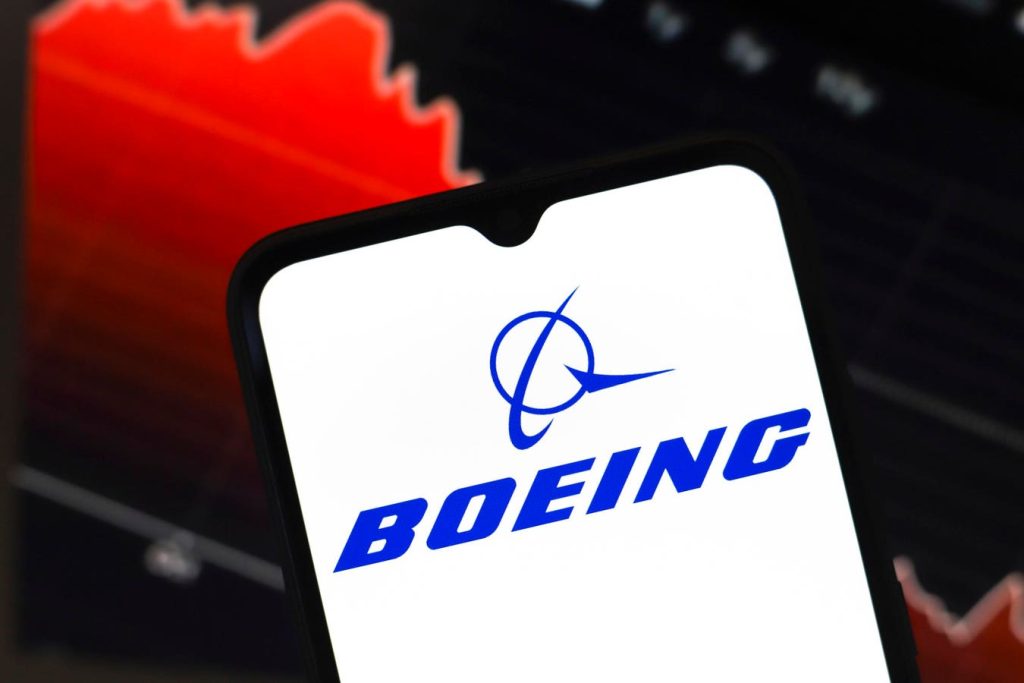Boeing’s 2024 performance was undeniably challenging, with its stock plummeting 32% against a backdrop of a surging S&P 500, which gained 23%. This stark contrast highlighted the company’s internal struggles, while competitors like GE and Airbus thrived. Boeing’s shift from an engineering-centric approach to a profit-driven model, coupled with perceived compromises on quality control, contributed significantly to its woes. The company faced a barrage of negative publicity and regulatory scrutiny, culminating in a dismal stock performance and a significant loss of investor confidence. This downturn underscored the importance of a diversified investment strategy, highlighting the potential for smoother returns with portfolios like the Trefis High-Quality Portfolio, which significantly outperformed the market.
A series of unfortunate events plagued Boeing throughout 2024. A mid-air incident involving a detached cabin panel on a 737 Max 9, followed by fuselage issues on several unfinished 737 Max aircraft, triggered investigations and halted production expansion plans. These setbacks exposed weaknesses in Boeing’s supply chain, especially with Spirit AeroSystems, the fuselage manufacturer Boeing was in the process of acquiring. The ensuing backlash led to the resignation of CEO Dave Calhoun and a tumultuous labor strike that further crippled production and cost the company billions. These operational challenges combined with a tragic crash of a Boeing 737-800 in South Korea, although the cause remained under investigation, further eroded public trust and investor confidence in the company.
The cumulative effect of these incidents sent Boeing’s stock price tumbling from $260 in early January to $170 by year-end. This volatility contrasted sharply with the more consistent performance of diversified portfolios. While Boeing’s annual returns fluctuated wildly between -6% and 37% in recent years, the Trefis High-Quality Portfolio demonstrated greater stability and superior returns, underscoring the benefits of a diversified investment approach. Boeing’s underperformance raised concerns about its future prospects and the possibility of a prolonged period of recovery.
Looking ahead, Boeing’s valuation was estimated at $178 per share, slightly above its current market price, based on a projected 2.0x revenue multiple and anticipated 2025 sales of $85 billion. The company was expected to report a profit of $3.27 per share in 2025, a significant improvement from the $5.81 loss per share reported in 2023. However, the full impact of the 2024 setbacks remained to be seen in the yet-to-be-released full-year results. The company’s ability to regain investor confidence and achieve its production targets would be critical to its recovery.
The year 2025 holds both potential and challenges for Boeing. The completion of the Spirit AeroSystems acquisition is expected to address quality control issues and pave the way for achieving the 2026 production target of 50 airplanes per month. A key indicator of progress will be an increase in production rates, which would signal a return to stability and bolster investor confidence. The company’s substantial backlog of over 5,000 airplanes, including a recent deal with Pegasus Air for 200 aircraft, provides a strong foundation for future growth, provided production can ramp up effectively.
However, several hurdles remain. While investors hope for the FAA to lift the production cap on the 737 Max, this remains uncertain until Boeing demonstrates consistent adherence to safety standards and improved quality control. The company’s production numbers for Q4 2024 were expected to be dismal due to the strike, and reaching even the current capped production rate of 38 aircraft per month posed a significant challenge. Despite raising over $21 billion in Q4 2024, Boeing was projected to continue burning cash in the near term, highlighting the need for operational efficiency and a return to profitability. The year 2025 is seen as a crucial period for Boeing to lay the groundwork for a turnaround, focusing on quality, efficiency, and rebuilding trust with regulators and the public. This foundation is essential for achieving higher production targets, regaining FAA approval, and ultimately returning to profitability in 2026.

